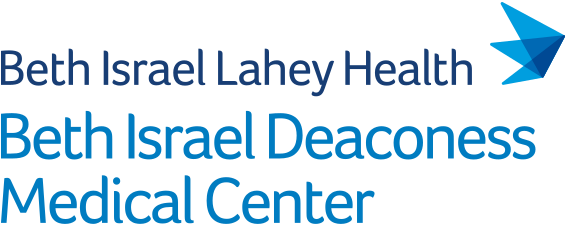OBJECTIVES: Emergency department (ED) visits offer opportunities for seriously ill patients to formulate future medical care goals, yet ED clinicians lack practical strategies for these conversations. ED GOAL, a behavioral intervention, engages seriously ill yet clinically stable older adults in the ED to address advance care planning (ACP) with their outpatient clinicians. In a randomized trial, goals-of-care documentation was significantly higher in the intervention group compared to controls after three (24.3% vs. 9.9%, p = 0.03) and 6 months (31.4% vs. 12.7%, p < 0.01). This study is a sub-analysis to learn about intervention arm participants' perceived benefits and obstacles of the intervention.
METHODS: We conducted semi-structured interviews between October 2022 and August 2024 (N = 52) with intervention-arm patients aged 50+ years at three hospitals in Boston, Massachusetts. Using rapid qualitative analyses, we identified themes in intervention-arm participants' comments to open-ended questions about the intervention's benefits and obstacles to continue ACP outside the ED.
RESULTS: Of 70 intervention-arm participants, 52 completed interviews, of which two were surrogates. ED GOAL motivated most patients to initiate ACP with outpatient clinicians and loved ones and improved the quality of conversations by clarifying patients' wishes and improving patient-clinician relations. Barriers to continuing ACP were the lack of clinician availability and patient/surrogate readiness. Those with clear care goals found the intervention less useful yet harmless.
CONCLUSIONS: The intervention provided participants with insights into actionable ACP steps. To address the lack of clinician availability, these conversations may be completed by non-physician clinicians or through non-personnel resources. Better tailored ACP interventions may improve patients' readiness.
TRIAL REGISTRATION: ClinicalTrials.gov identifier: NCT05209880.
